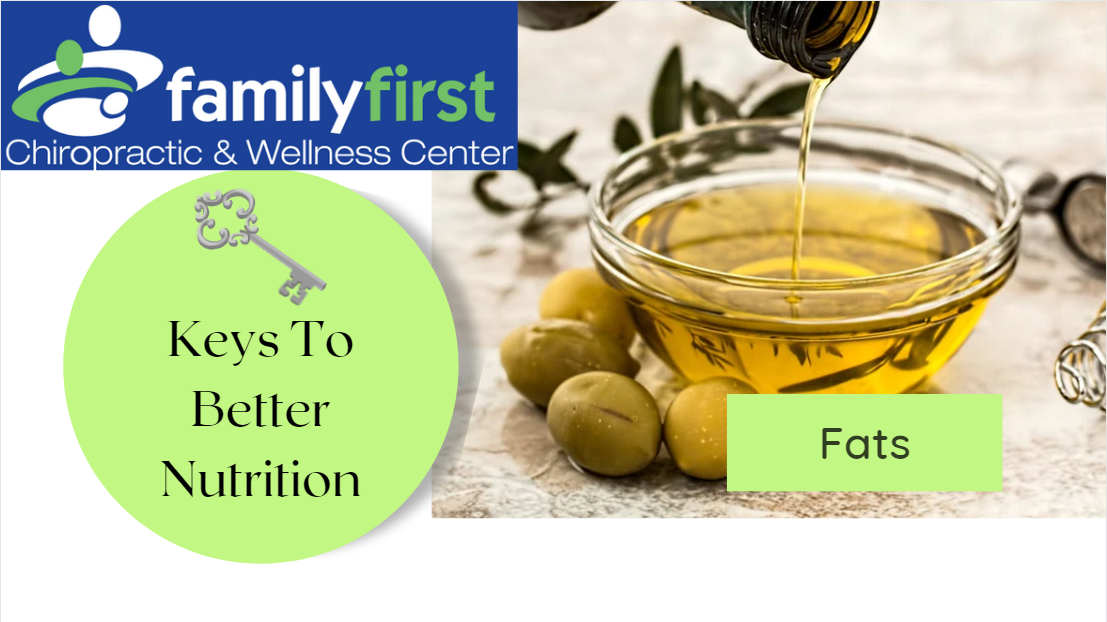
The skinny on fats
Fats are the most concentrated source of energy. Whereas carbs and proteins produce 4 calories of energy per gram, fat contains 9 calories per gram. That’s why the serving size on fatty foods seems really small, because you get more bang for your buck!
What are fats made of?
Fatty acids
Fatty acids are the simplest form of fats and they all contain carbon, hydrogen, and oxygen, but the compilation of these molecules is what separates fats into their own separate categories. The 2 types of fatty acids are:
- saturated fatty acids
- unsaturated fatty acids
SATURATED FATS: AREN’T THOSE BAD FOR YOU??
These are the fats that are solid at room temperature. (Think fat on a steak.) The liver takes these types of fats and uses them to make cholesterol. Your body will send cholesterol to your arteries to patch up and repair damage! We want our bodies to be able to repair damaged arteries, that’s a good thing. Cholesterol only becomes a problem when there’s inflammation. When inflammation is present, cholesterol can build up in the arteries and cause a blockage, and that’s when things get scary (i.e. heart attack and stroke).
NOT ALL CHOLESTEROL IS “BAD”
Cholesterol has gotten a bad rap over the years because the term is often used to refer to “bad” cholesterol, or low-density lipoprotein (LDL). But not all cholesterol is created equal! “Good” cholesterol is known as high-density lipoprotein (or HDL), and it’s referred to as good because it picks up the excess cholesterol in your blood and takes it back to the liver where it is then broken down and removed from the body. This lowers the risk of blockage in the arteries thus LOWERING your risk of heart attack and stroke. So what’s that means is that consuming saturated fats is not necessary a bad thing, but not consuming enough HDL’s *is* a bad thing.
Fun fact: When you include “good fats” with your vegetables, you absorb MORE of the nutrients! Love fats!
LOW FAT DIETS
Saturated fats received a lot of heat over the years as being considered “unhealthy,” but while low fat diets were all the rave, cardiovascular disease continued to rise, so are saturated fats really all that bad? Well, that depends… Do you get saturated fats in a bag at a drive-thru window, or do you have 4 oz. of grass-fed steak with a heaping pile of roasted veggies on the side? It’s less about how much you consume and more about where did it come from!
HIGH FAT DIETS
Given today’s current diet culture, I feel obligated to also talk about high fat diets. Unless you’ve been living under a rock, you’ve heard about the keto diet, or ketogenic diet. It may seem like a new thing, but it originally surfaced in the 1920s meant to help with conditions like epilepsy and diabetes. However, these days most people use it as a means to lose weight. This low-carb, high-fat diet is specifically designed to deplete the glucose in your body and force it to use body fat as energy in the form of ketones. While effective, surviving on ketones is very inefficient. Most people are not designed to live on a keto diet long term. If done the right way, keto can be a great way to lose weight, but it should be a means to an end. That’s my opinion anyway…moving on!
UNSATURATED FATS AND WHY THEY MATTER!
As opposed to saturated fats which are solid at room temperature, UNsaturated fats are liquid at room temperature and come in 2 forms: mono (1) or poly (more than 1). These types of fats can help reduce the “bad” cholesterol levels in your blood and they also provide nutrients to help develop and maintain your body’s cells. (They are also a great source of vitamin E!)
MONOUNSATURATED FATS
- olive, peanut, and canola oils
- avocados
- almonds, hazelnuts, and pecans
- pumpkin seeds and sesame seeds
POLYUNSATURATED FATS
- sunflower, corn, and soybean oils
- walnuts
- flaxseeds
- fish
Polyunsaturated fats include omega-3 and omega-6 fats that are essential for brain function and cell growth. Our bodies do not make these fats so we HAVE to get them from our food.
LAST AND CERTAINLY LEAST: TRANS-FAT
Now, we can’t talk about fats and not at least mention trans-fats. Trans-fatty acids are a man-made product which are created when unsaturated oils are altered through a process called hydrogenation. This means that fats that are originally liquid at room temperature become solid (i.e. margarine, shortening). These fats increase LDL’s and decrease HDL’s. So, basically all of the things we don’t want to happen with our health.
**It’s important to keep in mind that when cooking, heating plant fats (unsaturated fats) results in trans-fats. This is why plant oils should never be cooked with or heated!
WHAT SHOULD I EAT?
Opt for monounsaturated oils when possible to help reduce LDLs in the blood stream, it’s okay to consume high quality saturated fats in moderation, avoid trans-fats altogether, and make sure to get plenty of omega-3 and omega-6 fatty acids in a ratio of 4:1 to manage inflammation and reduce the risk of chronic diseases.
Now that we’re all experts on carbs and fats, who’s ready to talk about proteins? I AM!

